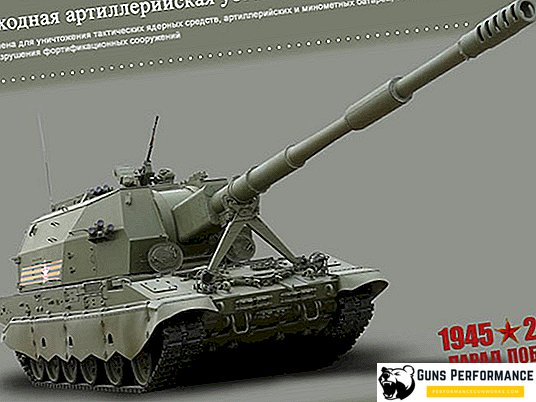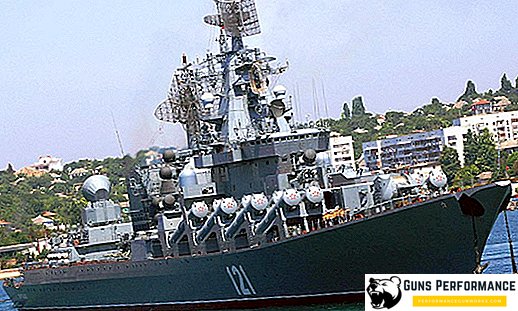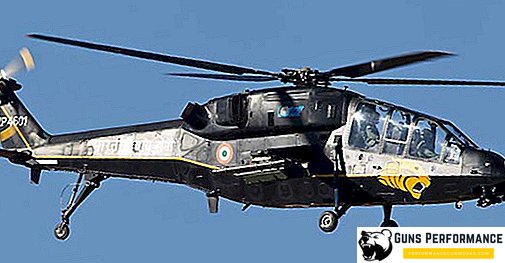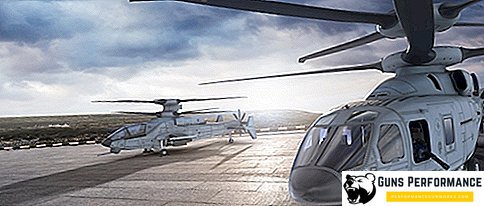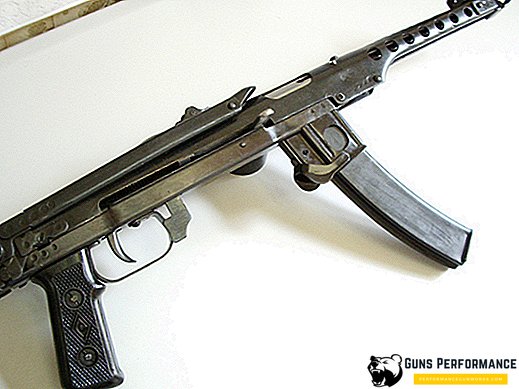The Airbus A340 is a wide-bodied long-haul passenger airliner, developed by the concern Airbus Industrie, which began operation in 1993.
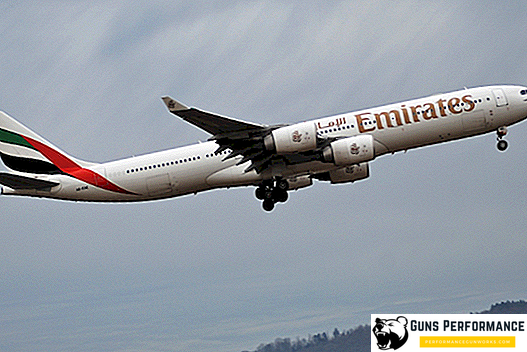
Salon overview and layout of the best places
The passenger cabin of the Airbus A340 has a three-class layout and can accommodate from 261 (modification A340-200) to 419 passengers (modification A340-600).
The first-class cabin of the Airbus A340 can be represented by a number of seats from 6 to 8, located in the same row (as shown in the diagram, this is row 1), or in two rows, which can be expanded and turned into comfortable beds if necessary. On some aircraft, these places are equipped as a cozy closed compartment with doors. First-class passengers are offered an exquisite menu, internet, USB charging of mobile devices, convenient screens and a multimedia entertainment system - in short, the full range to make the flight as comfortable as possible.
However, it should be noted that first-class seats located in the first row may have some inconveniences. The main disadvantage is that these places are located near the on-board kitchens and toilets, which ensures a steady flow of passengers and attendants during the day and at night. The bustle near these places, the slamming of doors and the light at night can seriously interfere with a relaxed and peaceful rest. When purchasing tickets in the first class Airbus A340 aircraft should consider this.
Behind the first-class lounge are located business-class seats. According to the scheme, these places are located from 2 to 5 row. The business class of the Airbus A340 is represented by comfortable and soft seats, equipped with comfortable armrests and screens mounted on the backs of the seats opposite. The menu here, of course, is not the same as for the first class, but, nevertheless, tasty and restaurant. The distance between the seats in the business class is enough to stretch the legs, while the seats can also be spread out and turned into beds for a good rest. In addition, business class seats have a set of socks and blindfolds so that nothing can interfere with the restful sleep of passengers.
The most unsuccessful for a business class are the places located in the back row (row 5 according to the diagram), that is, directly adjacent to the toilets and the onboard kitchen. These places are also associated with a constant flow of people and bustle, which interferes with proper rest.
Behind the business class is a lounge for economy class passengers. Places economy class aircraft located from 10 to 46 row. This class is characterized by soft comfortable seats, the distance between which is a little more than 80 cm, which usually does not cause inconvenience even for tall passengers, in three rows of seats in the 2-4-2 version and two wide enough aisles in the middle of the cabin. Economy class seats of the Airbus A340 aircraft are equipped with audio and video entertainment systems and comfortable screens built into the seat backs opposite.
The most successful and convenient for the economy class Airbus are places marked with letters A, B, K and L, located in row 31 according to the diagram. This is explained by the fact that these places do not have other places in front of them, which significantly increases their legroom, and the toilets are not close, which makes these places somewhat “away” from the general hustle and bustle of passengers.
Not a very good choice are economy class places located in rows 10 and 30. The proximity of the toilets and utility rooms creates a lot of inconvenience for passengers located here. And, finally, the least successful for the economy class are places 27 and 45 rows.

The history of the Airbus A340
The development of the Airbus A340 began in 1987. From the very beginning, the Airbus consortium positioned the future aircraft as a “fellow” for the A320. Also, the new aircraft, called the A340, was to become a competitor to the Boeing-747 as a long-haul passenger airliner. The first flight of the A340 (Airbus A340-300) was carried out on November 25, 1991, and in 1993, commercial use of the aircraft began.
Modification of the Airbus A340-500, presented as the most long-range aircraft in the world, was certified in December 2002, and in 2003 its operation began. At the same time, the Airbus A340-600 was also developed, with the largest passenger capacity among the A340 family. The first flight of the Airbus A340-600 took place in April 2001, and in the summer of 2002 its commercial use began.
However, due to the lower efficiency of the aircraft compared with Boeing's aircraft, its demand began to decline significantly, especially with the rise in price of aviation fuel. As a result of a number of attempts to reduce the fuel consumption of the A340 and increase its popularity, in the fall of 2011, Airbus was forced to announce the cessation of production of the Airbus.

Modifications Airbus A340
Airbus A340 has 4 modifications:
- Airbus A340-200 - is one of the first modifications of the Airbus and has a passenger capacity of 261 people with a three-class layout of the passenger compartment. It is the shortest version of the A340. It has 4 engines CFM56-5C4 / P. Due to the small number of passengers that the aircraft was able to carry, large wing span and relatively high operating costs led to low demand for the Airbus A340-200, which is why it is currently out of production.
- Airbus A340-300 - another one of the very first modifications of the aircraft, the operation of which began in 1993. The passenger capacity of the aircraft Airbus A340-300 is 295 people. The aircraft has 4 CFM56-5C engines. Two additional versions of the Airbus A340-300 airliner were also developed: A340-313X (increased take-off weight) and A340-313E (CFM56-5C4s engines were installed, thereby increasing take-off weight). Currently, Airbus A340-300, like all aircraft of the A340 family, is not produced.
- Airbus A340-500 - modification of the aircraft, capable of carrying on board up to 313 passengers and capable of making flights over a distance of 16 thousand kilometers. The A340-500 is characterized by a slightly increased fuselage, increased fuel reserves and greater cruising speed.
- Airbus A340-600 is a modification of the Airbus A340-600, which has more powerful engines (Trent 556 from Rolls-Royce). Capable of carrying up to 419 passengers with a two-class layout, or up to 380 passengers with a three-class one. It ranks second in the world in length among passenger aircraft. The A340-600 also has an A340-600HGW version with increased take-off weight and range and more powerful engines (Trent 560 from Rolls-Royce).

Aircraft Overview and Specs
The Airbus A340 is a wide-body monoplane. Wing - arrow-shaped, free-carrying. The airbus fuselage has a semi-monocoque design. The cross section of the Airbus A340 fuselage is round. The power plant of the aircraft is represented by 4 engines.
Airbus A340 features:
| A340-200 | A340-300 | A340-500 | A340-600 | |
| Wingspan, m | 60,3 | 60,3 | 63,5 | 63,5 |
| Wing sweep angle, ° | 30 | 30 | 31 | 31 |
| Length m | 59,4 | 63,7 | 67,9 | 75,4 |
| Height, m | 16,8 | 16,9 | 17,3 | 17,2 |
| Chassis base, m | 23,2 | 25,6 | 27,6 | 32,9 |
| Cruising speed | Max 0.82 (871 km / h) | Max 0.83 (881 km / h) | ||
| Max speed | Max 0.86 (913 km / h) | Max 0.86 (913 km / h) | ||
| Range of flight | 15,000 km | 13,700 km | 16.670 km | 14,600 km |
| Passenger capacity (3 classes) | 261 | 295 | 313 | 380 |
| Passenger capacity (maximum) | - | 440 | 375 | 475 |
| Cargo capacity | 18 LD3 / 6 pallet containers | 32 LD3 / 11 pallet containers | 30 containers LD3 / 10 pallets | 42 LD3 / 14 pallet containers |
| Engines (4 pcs.) | CFM56-5C4 / P | CFM56-5C4 / P | RR Trent 500 | RR Trent 500 |
| each 151 kN | each 151 kN | each 235-249 kN | each 249 kN | |

Conclusion
The Airbus A340 is a truly unique aircraft. Maximum flight range, aerodynamic characteristics and comfort have made this Airbus a serious competitor to Boeing liners. The years of production and the start of operation of the aircraft coincided with the powerful development of international air travel, in which the A340 is used to this day. However, the energy crisis and lower profitability of the aircraft were decisive factors in the decision to stop its production. Nevertheless, even today many airlines can meet this modest worker of aviation passenger transportation.



